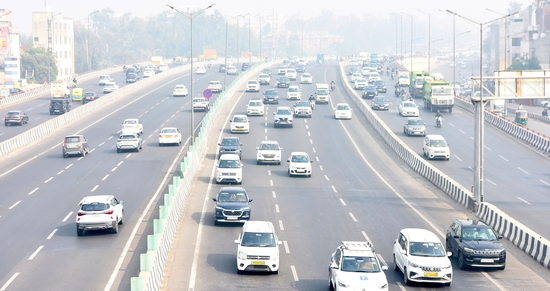NPAs at 12-year low, red flags in some areas, says RBI report
The gross non-performing assets ratio of scheduled commercial banks declined to 2.6% in September 2024, driven by lower slippages, increased write-offs and steady credit growth
Indian banks’ bad loans fell to their lowest level in 12 years, although early warning indicators suggest potential stress in some sectors, the Reserve Bank of India’s financial stability report stated on Monday.

The gross non-performing assets (GNPA) ratio of scheduled commercial banks declined to 2.6% in September 2024, driven by lower slippages, increased write-offs and steady credit growth. The net non-performing assets ratio improved to 0.6%, supported by robust provisioning.
However, RBI has warned that the gross NPA ratio might rise to 3% by the end of March 2026 as per the baseline scenario due to risks emanating from credit quality, interest rates, and geopolitics.
“The soundness of scheduled commercial banks has been bolstered by strong profitability, declining non-performing assets, and adequate capital and liquidity buffers,” the central bank said in its report.
Banks’ return on assets and return on equity reached decade-high levels, reflecting improved profitability.
The provisioning coverage ratio — a measure of banks’ ability to handle potential losses — improved to 77% by September, primarily due to proactive measures by state-owned banks.
While foreign banks saw an increase in write-offs relative to their bad loans, both public sector and private sector banks reported marginal declines. Write-offs continue to be a significant factor in reducing non-performing assets across the sector.
However, the report flagged potential concerns. The half-yearly slippage ratio, measuring new additions to bad loans, increased slightly to 0.7%.
More significantly, early warning indicators showed stress, particularly in public sector banks. Special Mention Account (SMA) loans, which identify accounts showing early signs of stress, increased in the September quarter. SMA-2 loans, indicating payments overdue between 61-90 days, rose notably for state-owned banks.
The improvement in asset quality was broad-based across sectors, with the industrial sector showing sustained positive trends. Large borrowers’ share in bad loans declined faster than their share in overall credit, with their GNPA ratio falling sharply from 4.5% in March 2023 to 2.4% in September 2024.
In retail lending, while asset quality remained largely stable, the central bank warned that credit card receivables, which showed the fastest growth, require “careful monitoring.”






